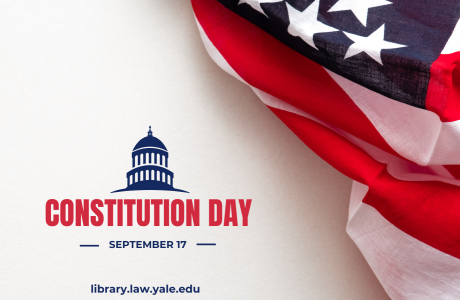Crunching in California: Data Showcased at the Conference on Empirical Legal Studies (CELS)

Stanford Law School hosted the 7th Annual CELS on November 8-10, 2012. CELS is a call to action for legal scholars, according to keynote speaker Ian Ayres. Given computer processing speed, statistical software capabilities, and the availability of data, number crunching is no longer a cottage industry. As the following (non-random) sample of CELS papers illustrates, the data needed to answer important jurisprudential questions are already available via government agencies (e.g., Bureau of Labor Statistics), data clearinghouses (e.g., ICPSR), and researcher webpages (e.g., Lee Epstein’s Judicial Common Space score data).
BANKRUPTCY
Question: Are we influenced by those around us when we make bankruptcy decisions? Michelle M. Miller showed that social networks matter in individual bankruptcy decision-making using data from the Panel Study of Income Dynamics (PSID) available via ICPSR or Institute for Social Research at the University of Michigan.
Question: Do Key Employee Retention Plans (KERPs) hurt creditors during Chapter 11 bankruptcies? Vidhan K. Goyal and Wei Wang illustrated how creditors themselves institute KERPs in part because KERPs can decrease personnel turn-over and improve creditor outcomes. They use a number of data sources, beginning with the UCLA-LoPucki Bankruptcy Database.
CRIMINAL LAW
Question: Do district courts change their sentencing behaviors radically/immediately when directed by the Supreme Court to do so (e.g., following Booker, Gall, Kimbrough)? Mona Lynch and Marisa Omori demonstrated that sentencing practices –in drug trafficking cases– vary broadly nationally and evolve slowly in the wake of key Supreme Court cases. They used data from the United States Sentencing Commission to make their case.
Question: Women are incarcerated at much lower rates than men... At which points in the criminal justice process do the “fates” of men and women diverge? Sonja B. Starr constructed a complex model to document the numerous points along the path from arrest to sentencing at which incarceration is taken off the table for women. She used data from the United States Marshals Service (USMS), Executive Office of U.S. Attorneys (EOUSA), the Administrative Office of the U.S. Courts (AOUSC), and the United States Sentencing Commission, with assistance from the Bureau of Justice Statistics.
INTELLECTUAL PROPERTY
Question: Do patent examiners consider patent applicants’ submitted art or rely upon their own research...? Christopher A. Cotropia, Mark Lemley, and Bhaven Sampat found that patent examiners “rely… almost exclusively on prior art they find themselves.” They reached this conclusion using data from the United States Patent and Trademark Office Patent Application Information Retrieval (PAIR) database and a dataset of “front page” data for patents issued from 1975-2010 created by Bhaven Sampat.
TORTS
Question: Do medical malpractice laws lead to higher quality health care (e.g., fewer avoidable hospitalizations)? Michael Frakes illustrated the de minimis effect of medical liability law on certain indicators of health care quality using data from the National Hospital Discharge Surveys.
Artwork: Empirical Construction, Istanbul by Julie Mehretu (1970-).


